
Images of the Comoros:
This group of four islands between the North tip of Madagascar and the East African coast
was settled centuries ago by Arab traders and their Bantu slaves from the coast. Here
is a sampling of people, towns, seascapes, and wildlife.
(Photos by dinofish.com author, Jerome Hamlin. Copyright 2008)

A soupy mix of tepid, storm tossed waters, cap the submarine habitat of the coelacanth.
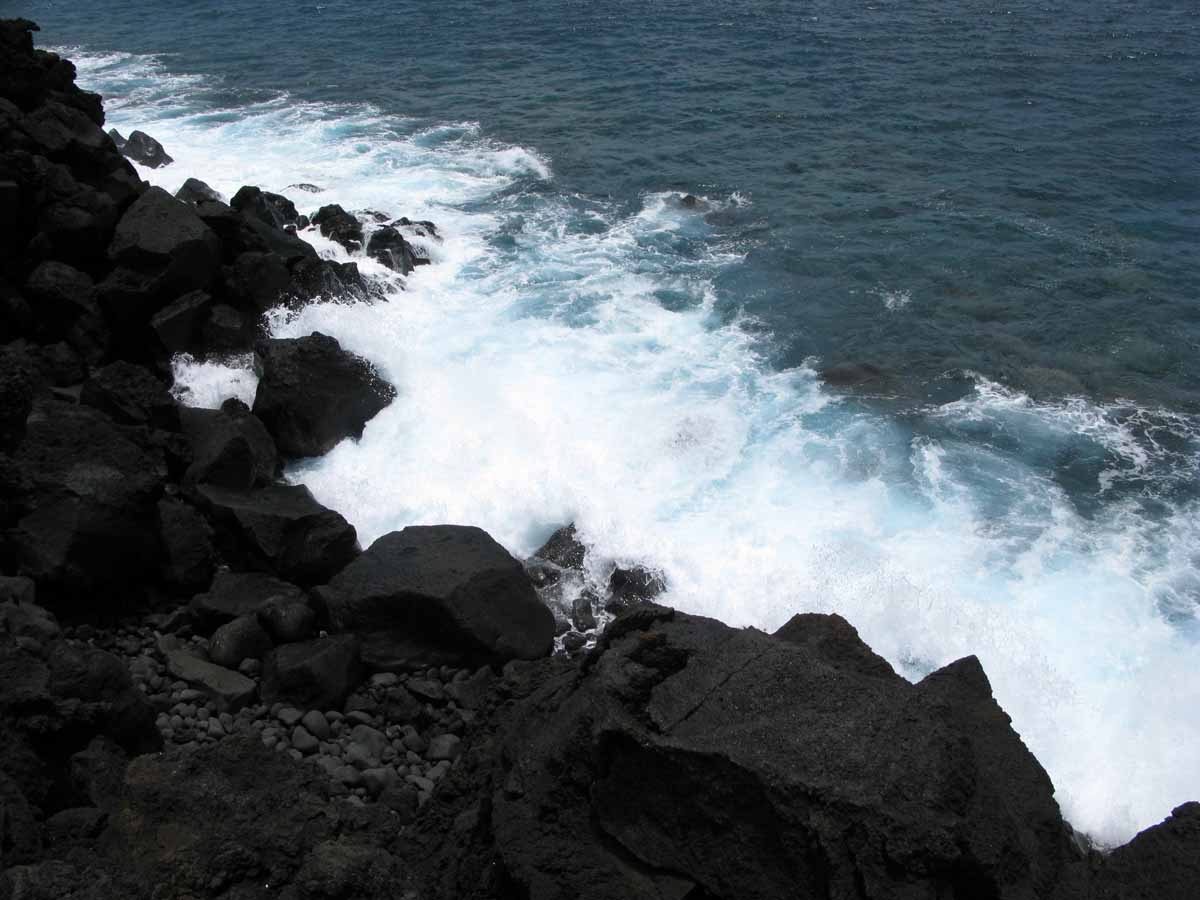
Looking down the cragy lava cliffs from the site of the Coelacanter. Coelacanths live several hundred
feet below the surface here!
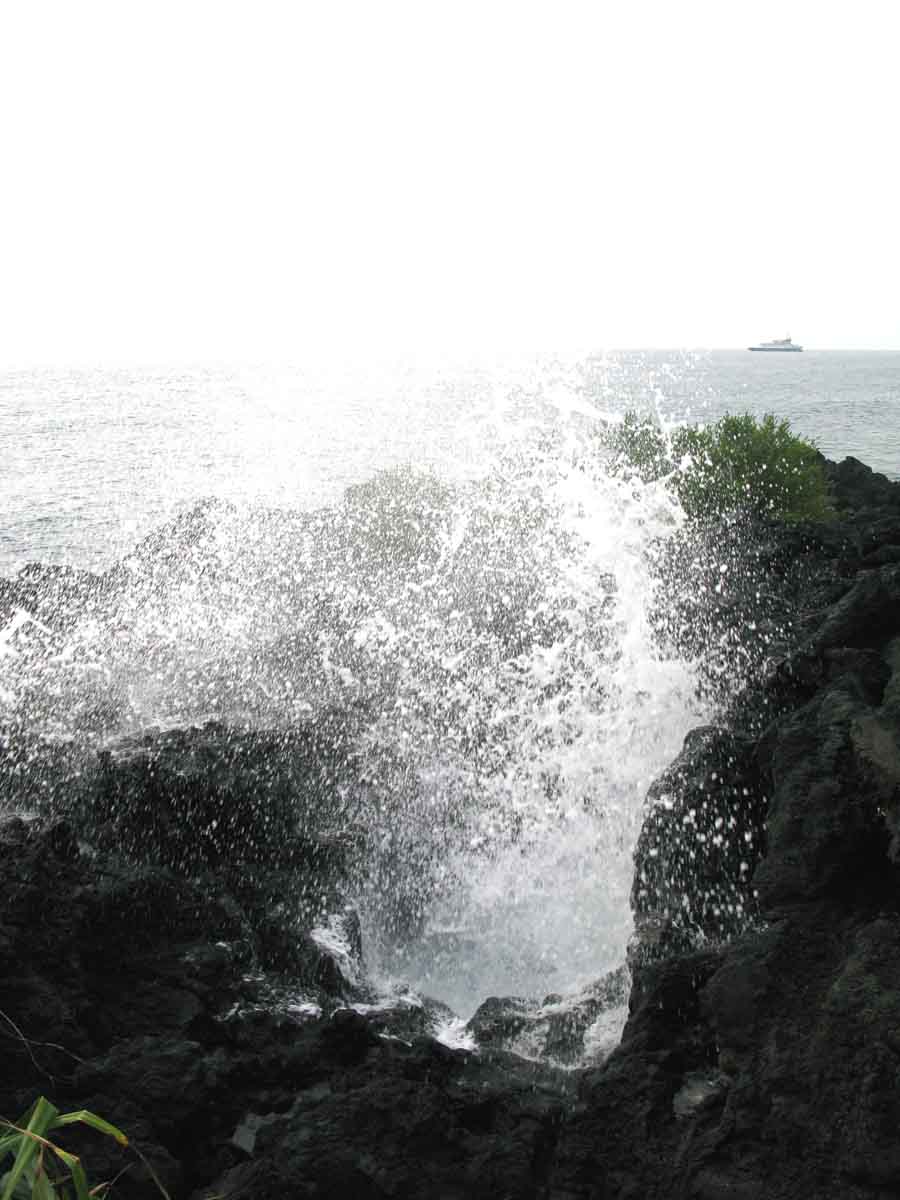
Tidal action forces surf through a "blowhole" as a cruise liner passes by.
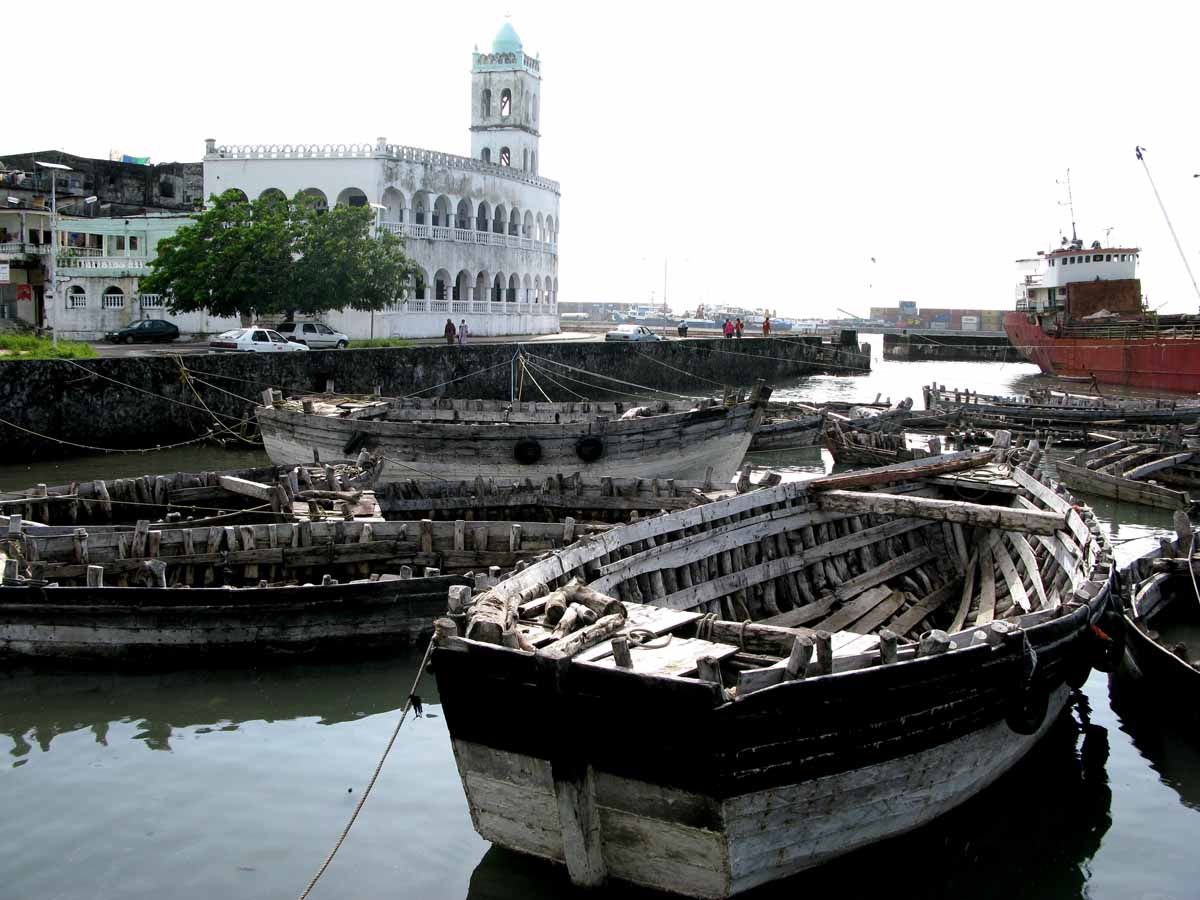
Wooden scows called "bootras" are used to bring cargo in from freighters at the harbor of Moroni,
capital of the Comoros.

The old "Friday Mosque" dominates the harbor from land and sea.

Courtyard to a house in old Moroni bespeaks an ancient heritage.
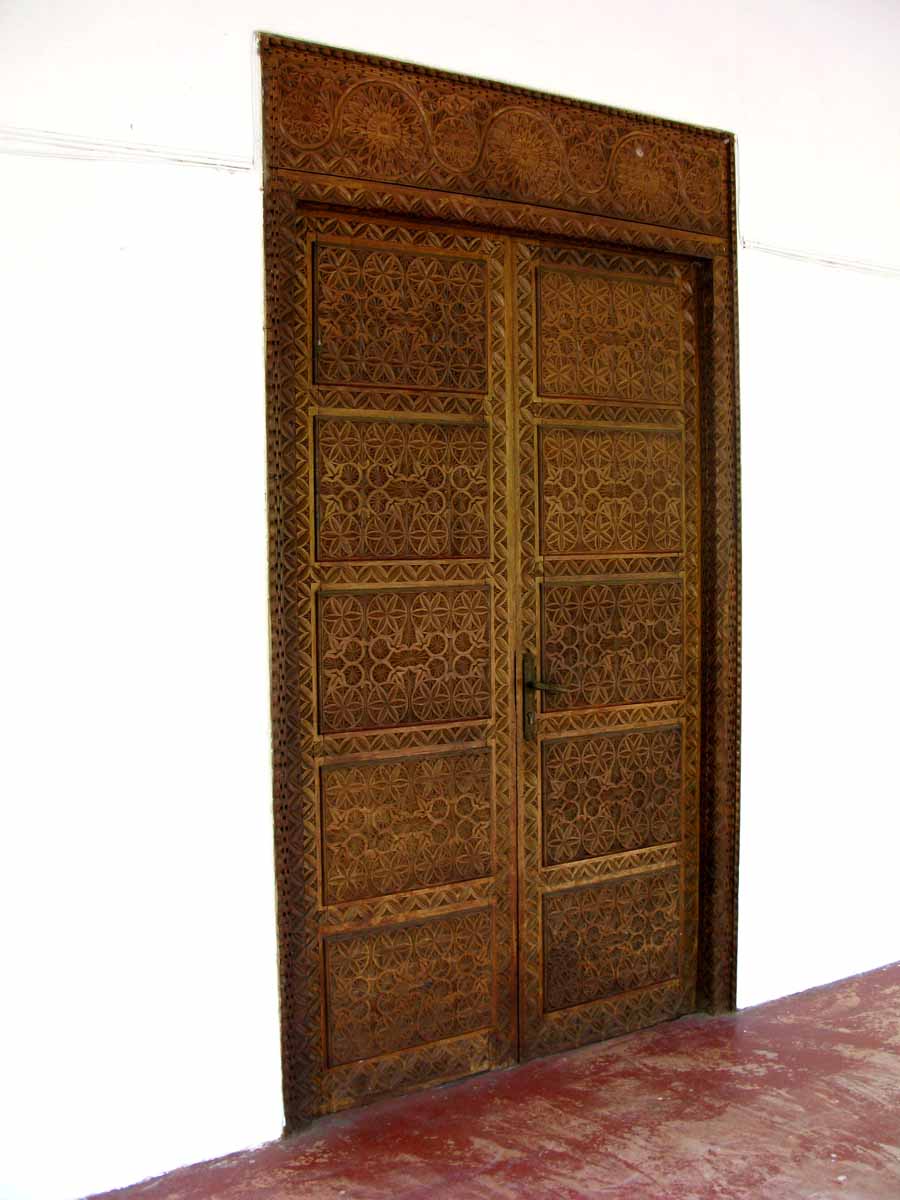
Traditional Comorian carving adorns this double door.
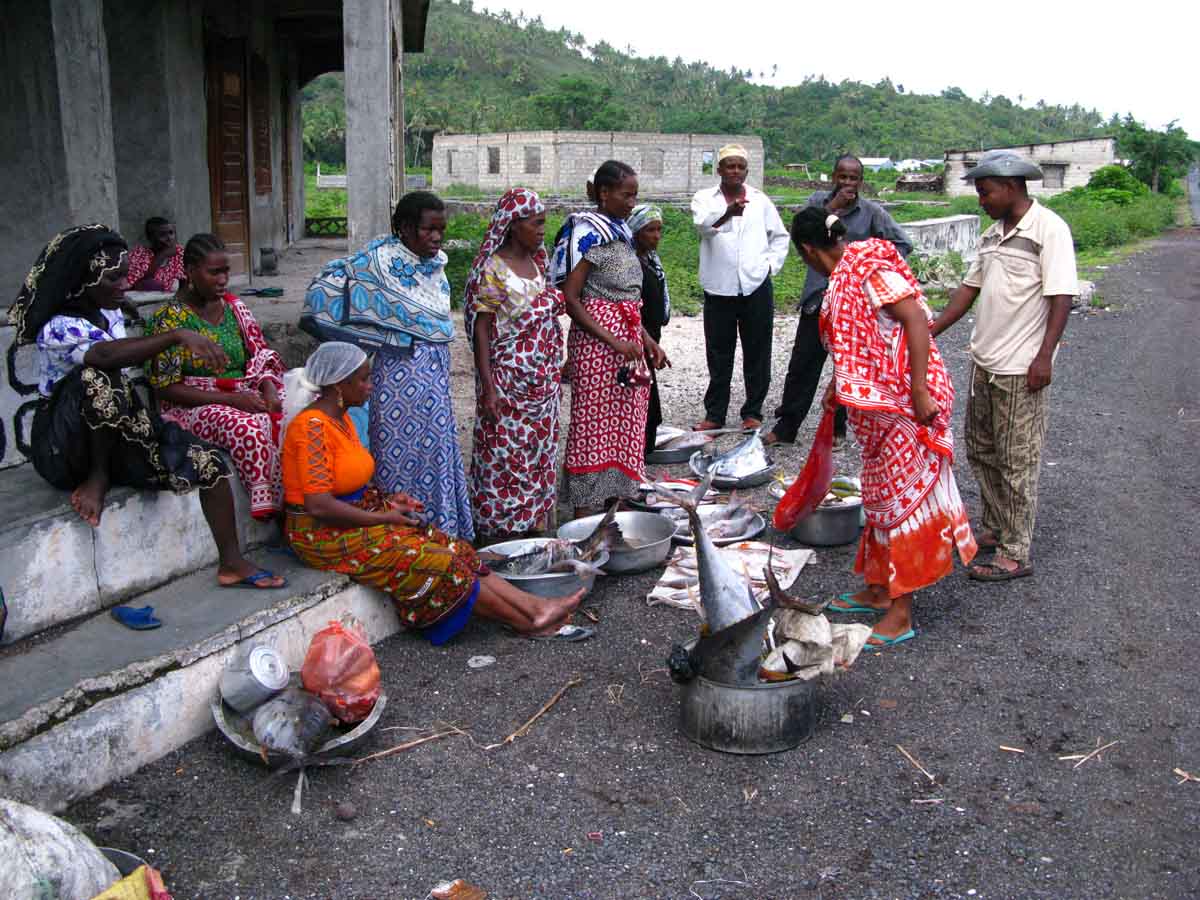
A group of women sell fish at a remote village.
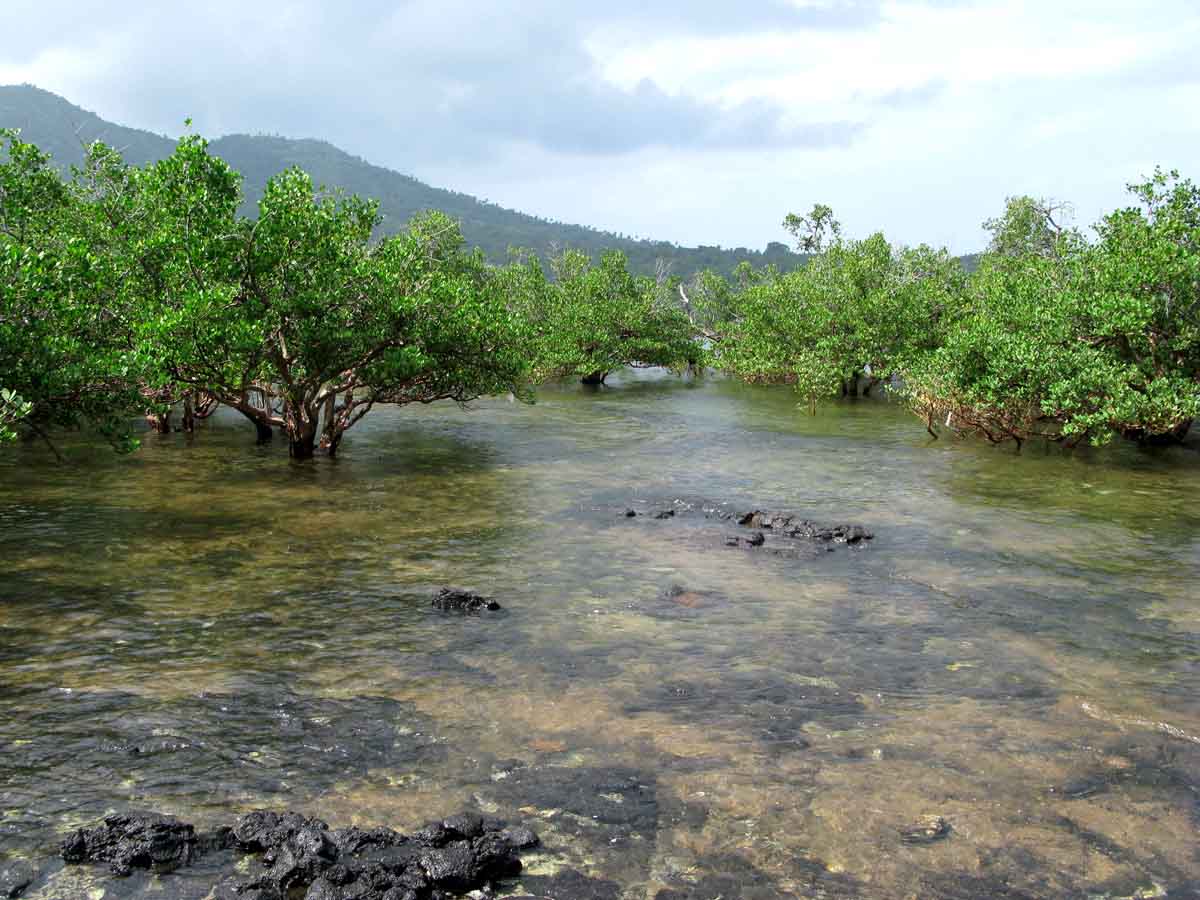
Mangroves, flooded at high tide. The main island has only a few clusters of mangrove forest.

A double outrigger fishing canoe or "galawa" is anchored to shore at low tide.
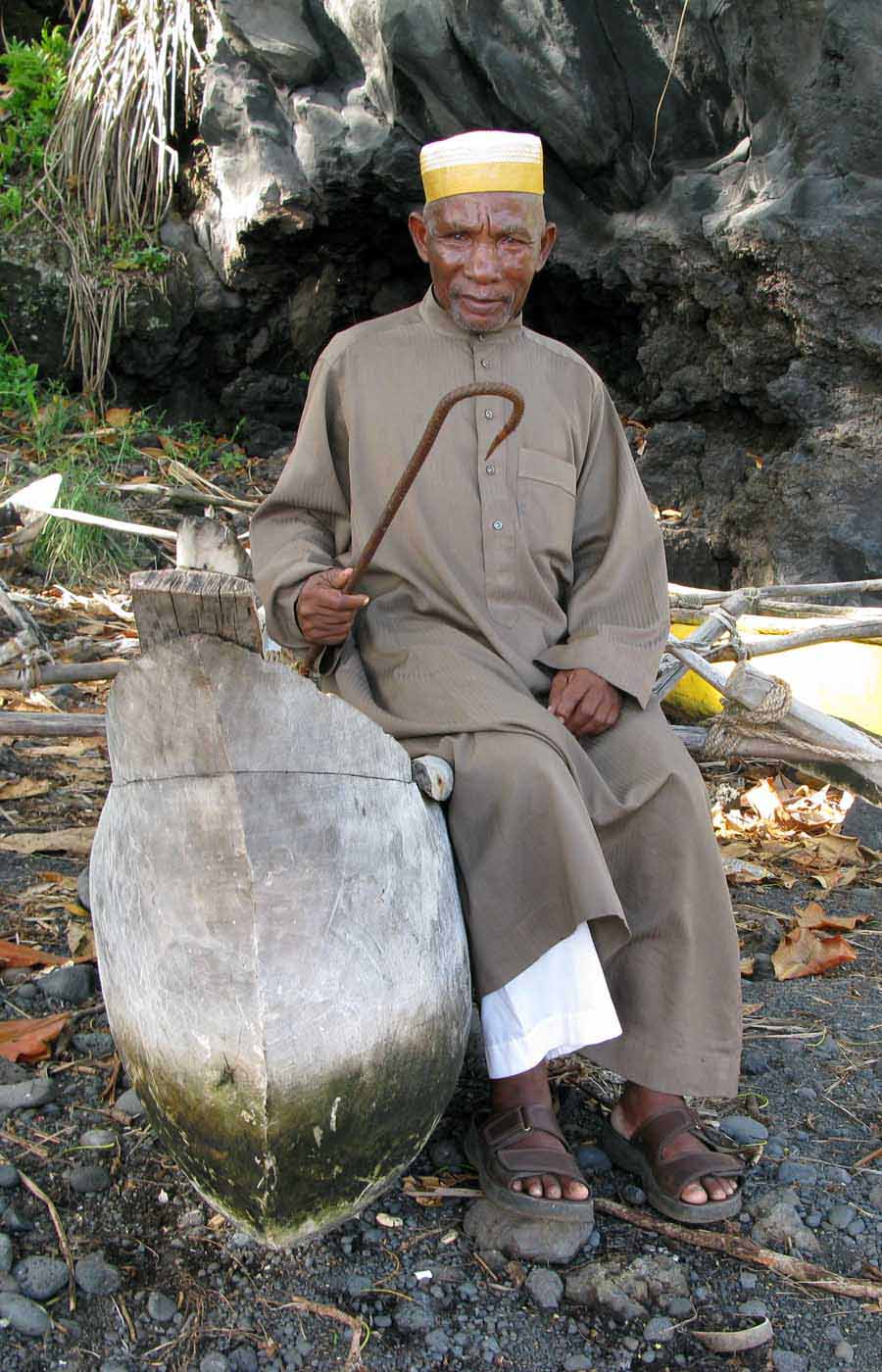
Former coelacanth fisherman holding an anchor that doubles as a gaff.
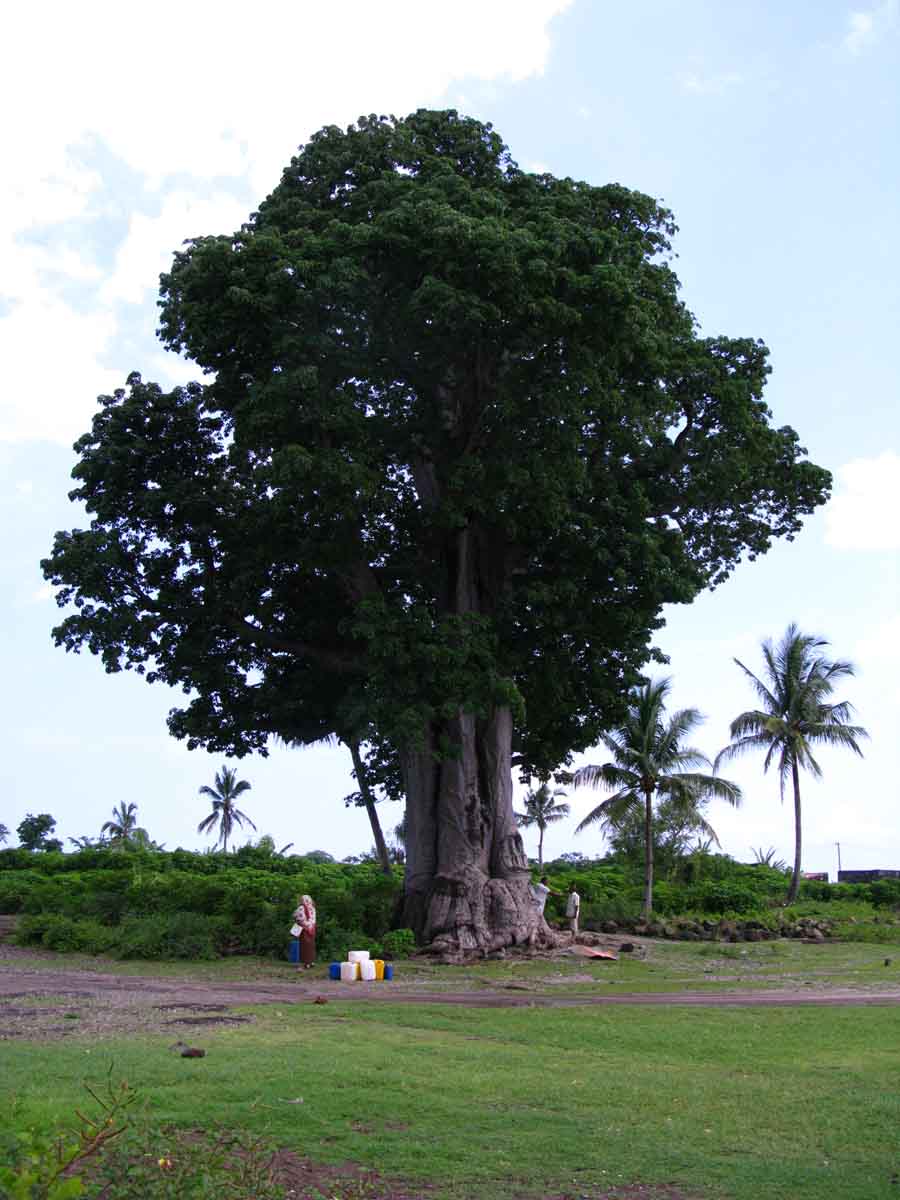
A giant baobab tree dwarfs people and possessions.
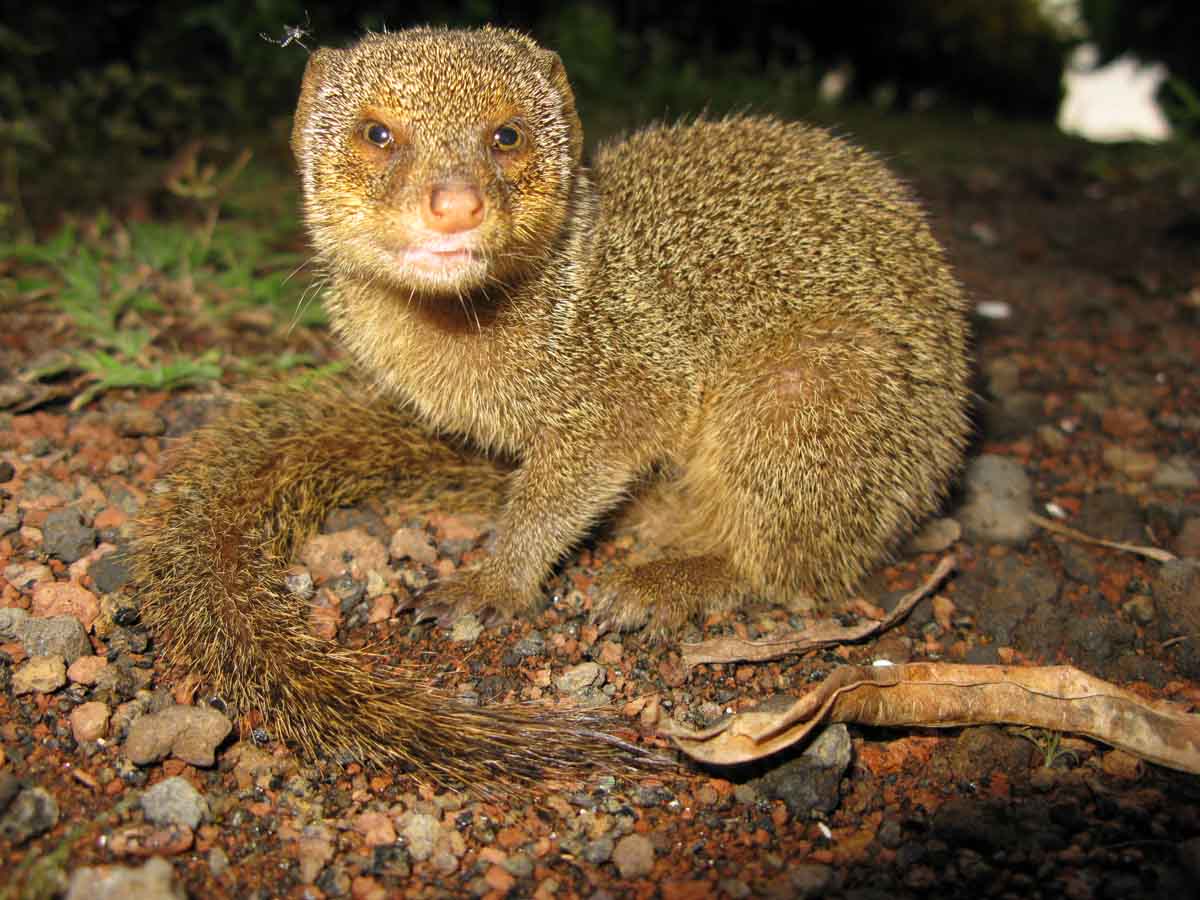
Young mongoose about to be bitten by a mosquito on his ear. Malaria is a big problem in the Comoros.
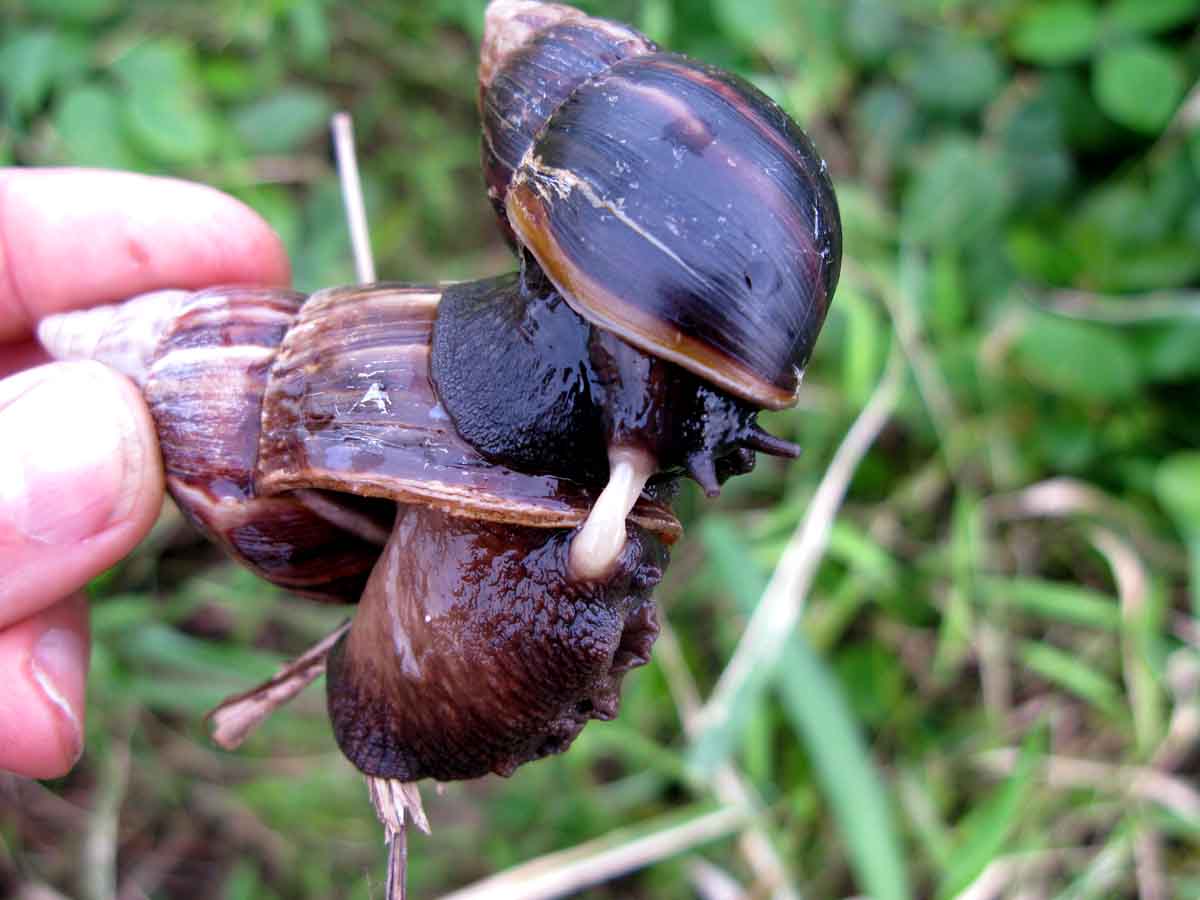
A meeting of mucus: two snails copulating.
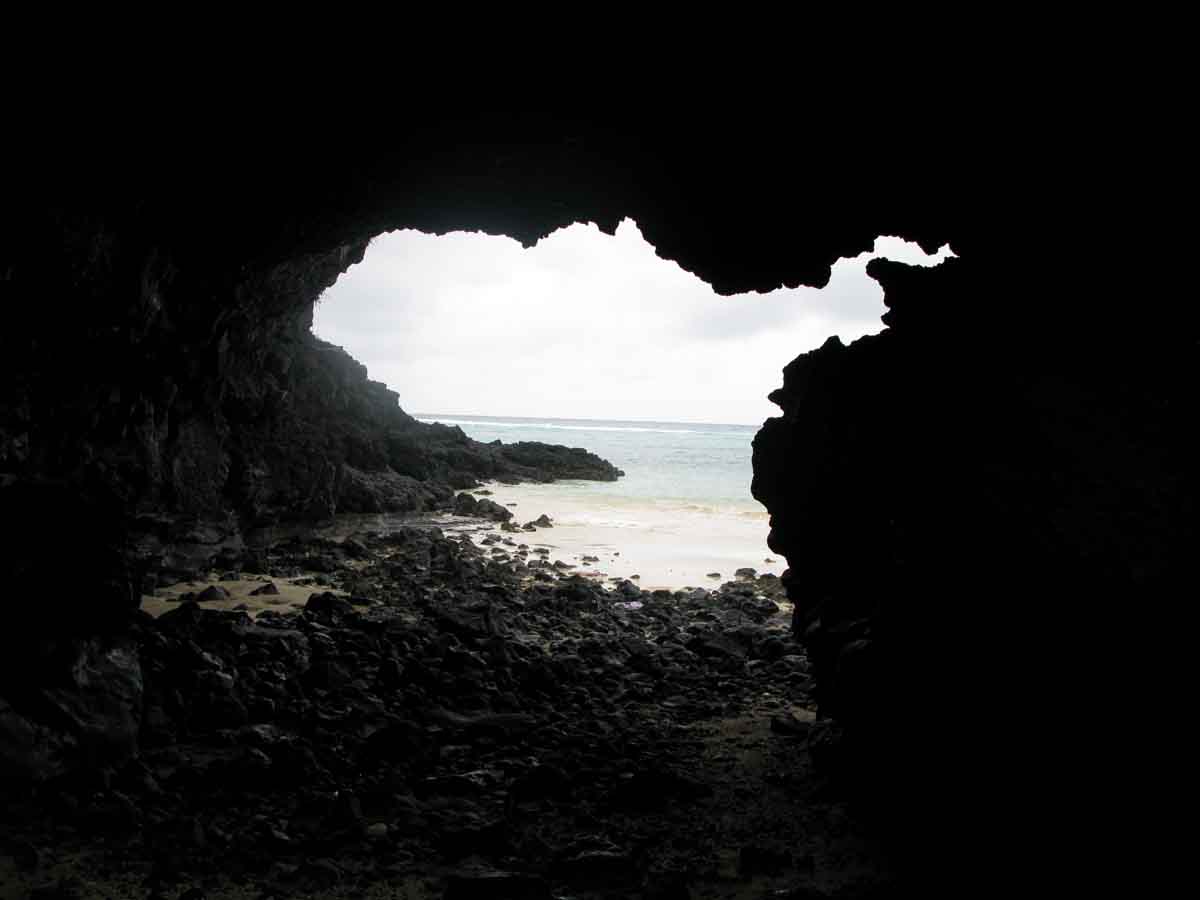
A cavern faces the sea. Pirates frequented the Comoros in the "old days."

Comorian woman using "bwe la mssitzanou," a stone ground sandal wood powder, as a facial cosmetic.
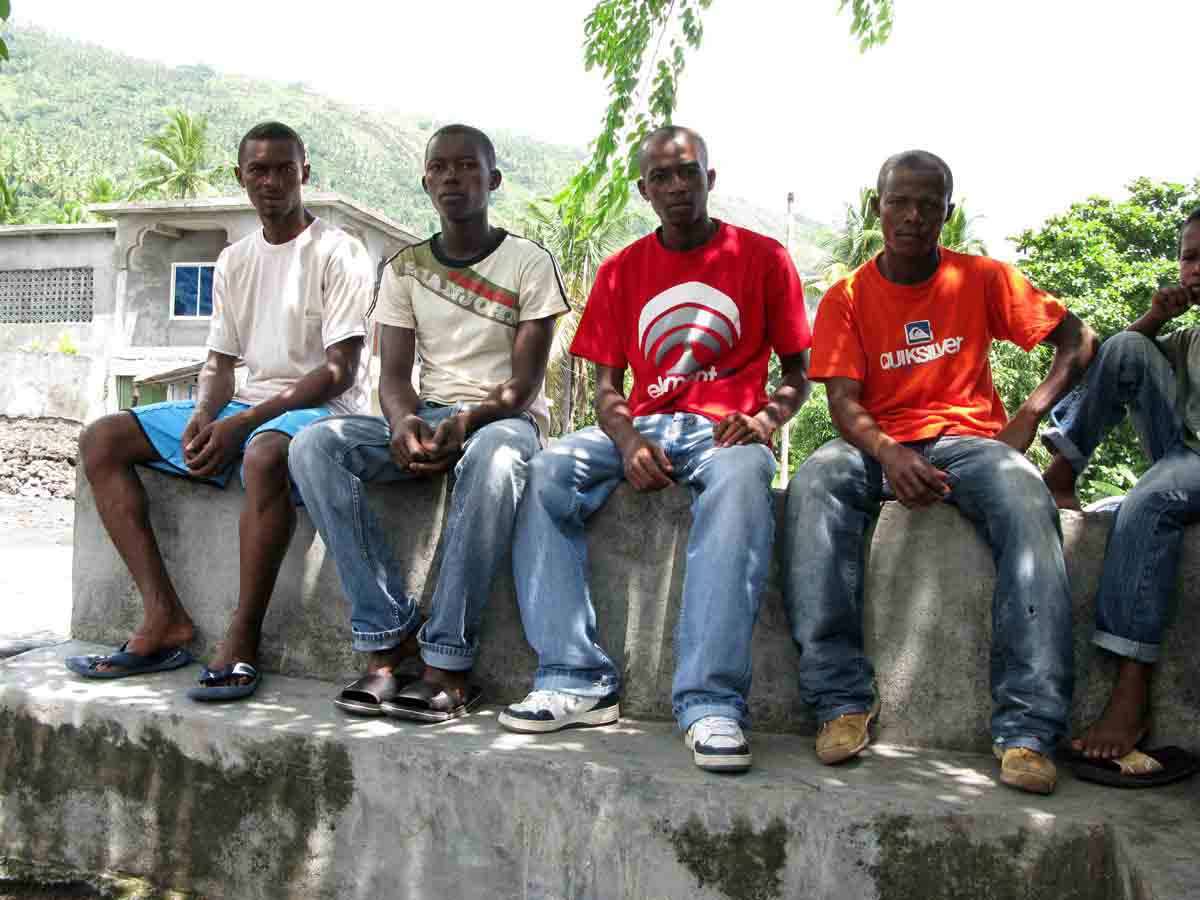
Young men of Itsoundzou where the Coelacanter is being built. Sometimes they
help with the work, but there is much unemployment and hence idleness in the Comoros.
People of the villages have retained some sense of tradition.In the larger towns,"Developing World"
hip hop culture enters the mix, clashing with the strong Comorain identity.
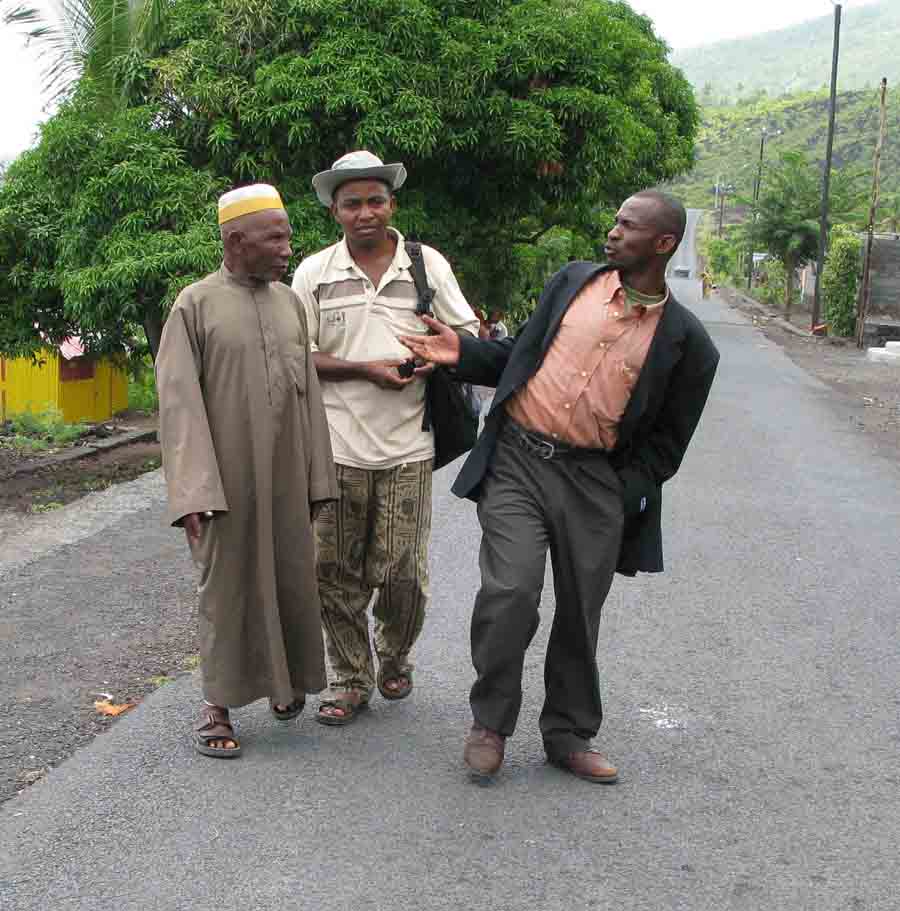
Our " heroes." Three of the men responsible for the Coelacenter,
standing on the paved coastal road that runs through Itsoundzou.